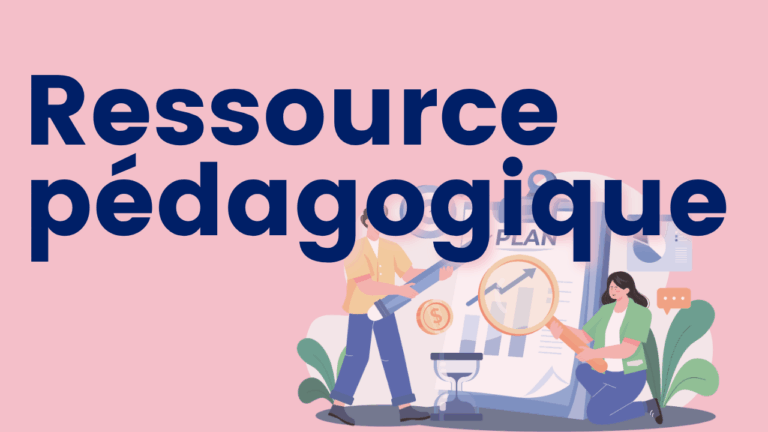La progression des habiletés en conscience phonologique
Voici une courte démonsration de la pleine progression des habiletés en conscience phonologique. La conscience phonologique fait référence à la capacité de réfléchir à la structure sonore de la langue parlée, y compris la capacité de déterminer si des mots partagent le son initial (attaque syllabique) ou final (rime syllabique), d’entendre les syllabes individuelles à l’intérieur d’un mot, et de décomposer un mot en syllabes entendues.


